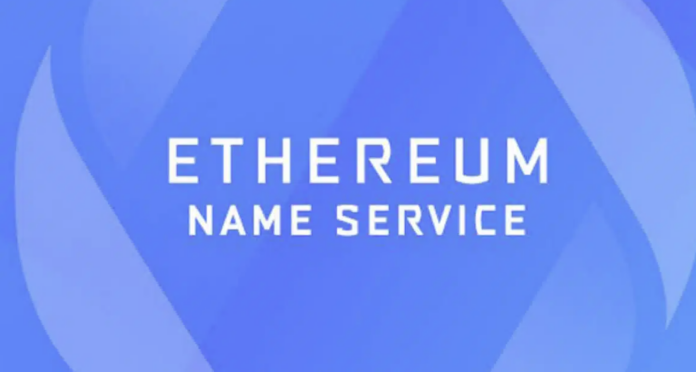In an exciting development for the Ethereum ecosystem, the Ethereum Name Service (ENS) has announced it is preparing for a Layer 2 expansion. This move marks a significant step towards greater scalability and efficiency for Ethereum-based services and applications.
ENS, the decentralized naming protocol built on the Ethereum blockchain, is responsible for transforming complex Ethereum addresses into easily readable names. This simplification not only enhances the user experience but also increases the accessibility of Ethereum-based services.
The proposed Layer 2 expansion would further amplify ENS’s capabilities. Layer 2 solutions are designed to process transactions off the Ethereum mainnet (Layer 1) to alleviate network congestion and reduce fees, while ensuring security. With Ethereum’s network often suffering from high gas fees and slow transaction times, this expansion could be a game-changer.
ENS’s move to Layer 2 would bring considerable benefits to users. Firstly, it could result in faster transaction speeds due to the reduction in network congestion. Secondly, it may lower transaction costs, making ENS and other Ethereum-based applications more affordable to use. Lastly, it could enable the ENS to support higher transaction volumes, thereby accommodating the growing demand for Ethereum-based services.
The decision to expand to Layer 2 also echoes the broader shift in the Ethereum community towards Ethereum 2.0, a major upgrade to the Ethereum network that aims to improve scalability, security, and sustainability. Ethereum 2.0 will also shift Ethereum’s consensus mechanism from Proof of Work (PoW) to Proof of Stake (PoS), further enhancing the network’s efficiency.
The Layer 2 expansion of ENS signals an exciting time for Ethereum and its ecosystem. As more services like ENS adopt Layer 2 solutions, Ethereum’s network could become increasingly scalable, efficient, and user-friendly.
While the journey to Layer 2 is just beginning for ENS, the move represents a significant stride towards a more scalable and efficient Ethereum ecosystem. As Ethereum continues to evolve and adapt, we’re left to wonder: what’s in a name? For ENS and Ethereum, it seems, the answer is a lot.


